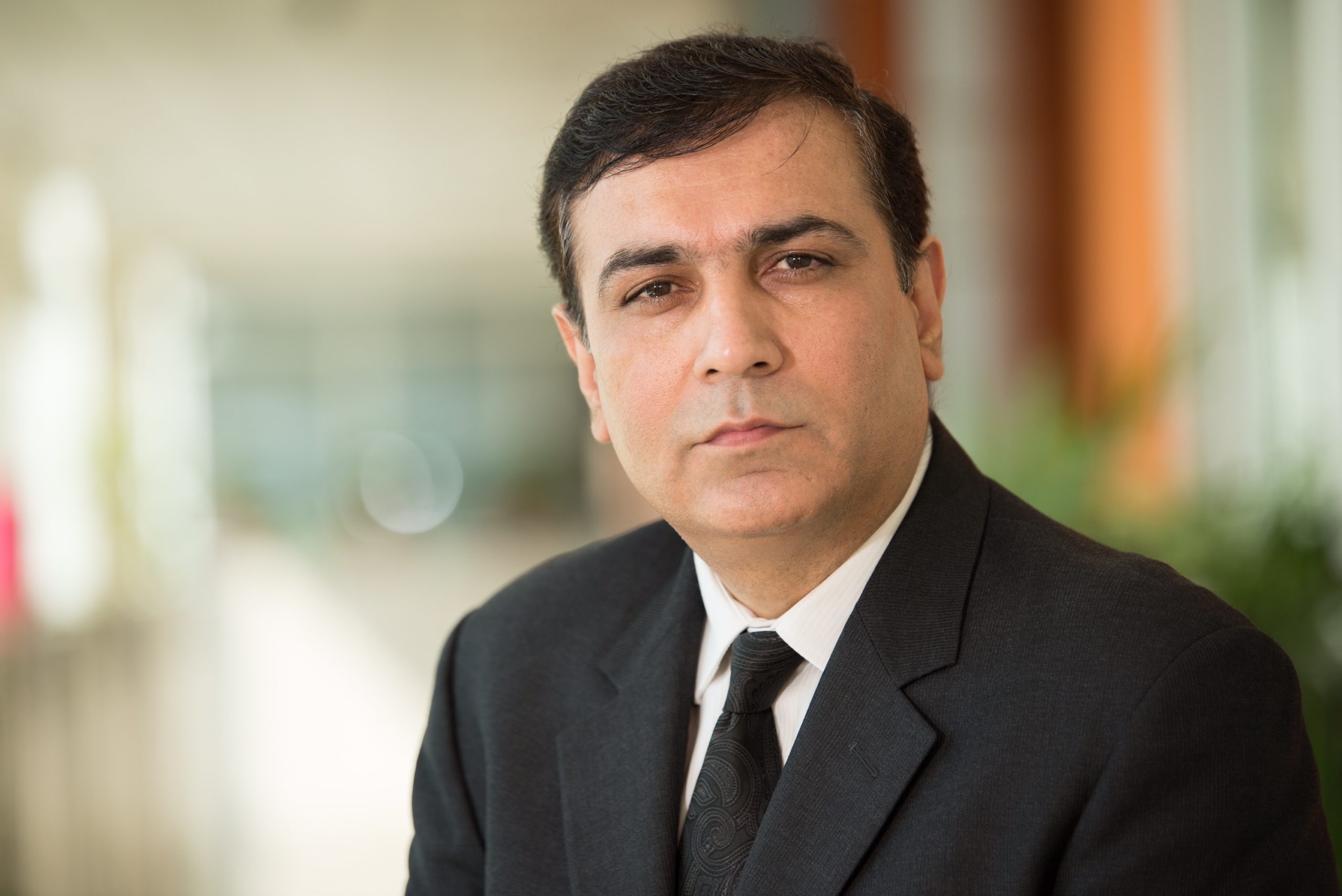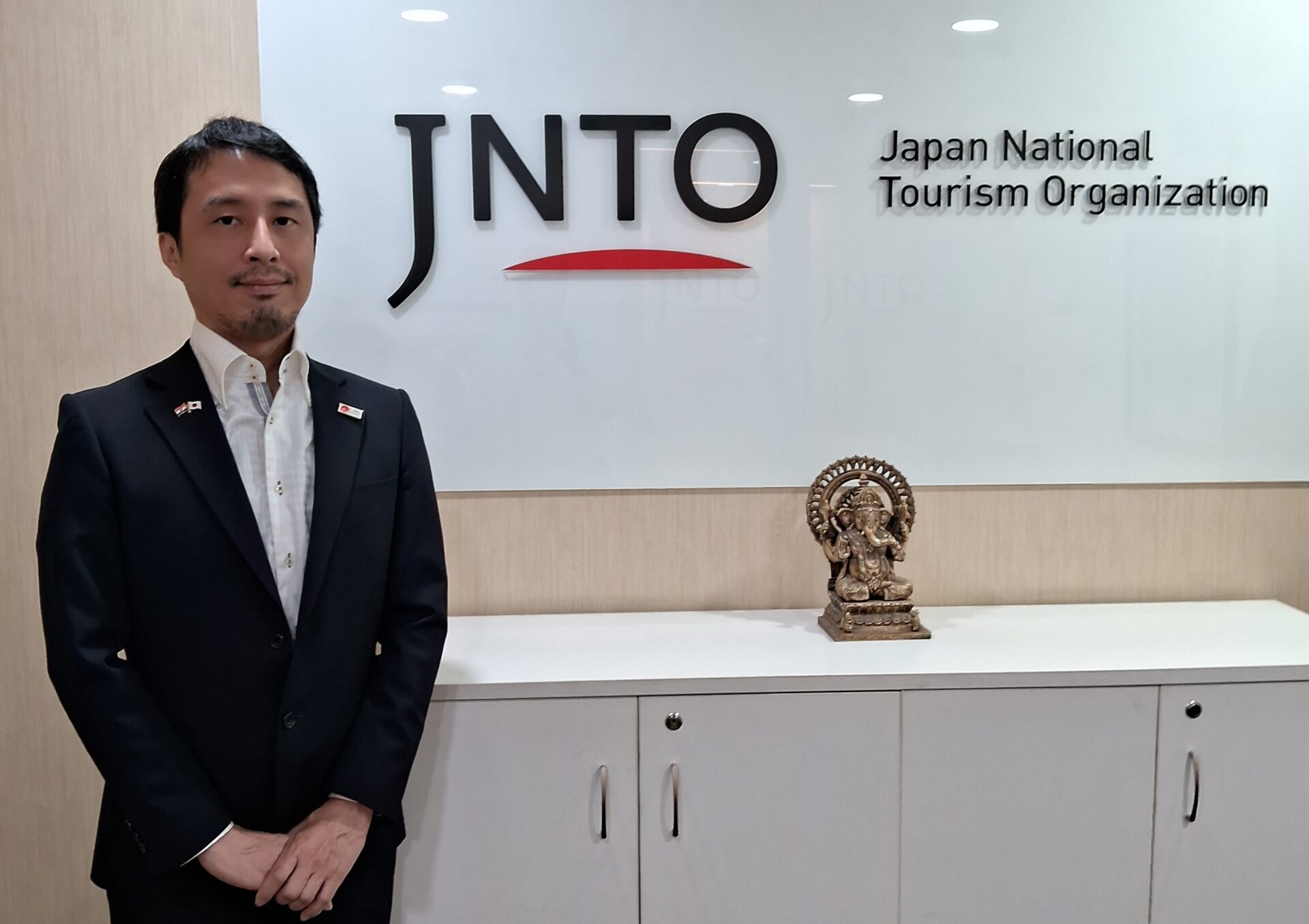Markus Tan, Regional Director, India, Middle East, South Asia & Africa (IMESA), Singapore Tourism Board (STB) spoke to Disha Shah Ghosh about the comparison between India and China as tourism source markets, and their unique campaigns to engage travellers from India.
Q. Considering your experience of overseeing the Chinese market, how different are the source markets of China and India for STB?
Both China and India are major source markets for Singapore. Recognising their significance, STB has strategically engaged with these two diverse markets to capitalise on their potential.
India is the fifth-largest source market for Singapore, more than 1 million tourists visited the island city in 2023. Tourism flows from India to Singapore have remained strong through 2024 as well, with nearly 250,000 visitor arrivals in the first quarter alone. India continues to remain a significant market for Singapore, underscored by the deep cultural affinity and connections between the two nations. Recognising this importance, our efforts signify a concerted endeavour to nurture and enhance the bond between India and Singapore. In 2023, nearly 1.4 million visitors from Greater China visited Singapore, and the numbers grew steadily to nearly 800,000 arrivals in the first quarter of this year.
STB’s marketing strategies and promotional activities for India and China are tailored to each market to effectively attract and cater to the specific needs and interests of the consumers. This may involve highlighting different aspects of Singapore’s offerings, such as cultural experiences, entertainment, shopping, and family-friendly attractions, to resonate with the preferences of each market. Through meaningful collaborations and creative marketing initiatives, we continue to make Singapore a top-choice destination for travellers globally.
Q. A host of destinations, hotels and attractions are wooing the Indian market, especially family travellers and millennials, in that context how are you tailoring your strategy for India to continue staying on top of the mind?
Singapore appeals to a broad swathe of Indian travellers; our key segments include Families with Young Children and BTMICE travellers, who have traditionally been our core tourism segments. We are also targeting the Early and Established Careers segment, a high-growth and high-spend leisure segment.
STB’s marketing approach in India centres on leveraging our understanding of Indian audiences and partnering with strategic in-market brands and channels to engage them through bold, agile, and innovative initiatives.
One recent campaign, Made In Singapore (MIS), builds on the Passion Made Possible brand, showcasing Singapore’s ability to transform everyday moments into extraordinary experiences. The campaign includes global and local activations, collaborations with Indian brands, and immersive experiences to drive travel considerations and visits to Singapore.
STB has also inked partnerships with MakeMyTrip and PhonePe to drive travel to Singapore and enable seamless transactions for Indian travelers. Additionally, the ‘Family Playdates’ Made In Singapore’ campaign, launched in partnership with Singapore Airlines Group, Sentosa Development Corporation, and Mandai Wildlife Group, offers special deals for Indian families.
Overall, STB is committed to crafting creative experiences that resonate with Indian travellers and position Singapore as a must-visit destination for lasting memories and incredible adventures.
Q. Cruise tourism has been a major pull factor for STB from India. How has that vertical grown and evolved post-Covid?
Singapore is a popular cruise destination for Indian travellers, and in 2023 alone, more than 100,000 visitors travelled to Singapore to cruise, accounting for 24% of our global cruise IVA (International Visitors Arrival) and making it our second-largest cruise source market. According to the Cruise Lines International Association (CLIA), approximately 35.7 million passengers are expected to cruise this year, an increase from 31.5 million in 2023.
As per the evolving travel landscape, we have observed that there has been increasing demand from Families with Young Children and working adults to explore Singapore’s cruise offerings.
Given their affinity for cruising, we are constantly reimagining cruise tourism with the addition of new, world-class cruise lines to our existing fleet. Next year, Disney Cruise Line will launch its brand-new cruise ship, Disney Adventure, to be homeported in Singapore exclusively for five years. This ship marks Disney Cruise Line’s Southeast Asia debut and will present a brand-new highlight for leisure and MICE travellers alike.
Going forward, we see a huge potential for the cruise segment in India, and we are committed to growing cruise tourism and working with stakeholders to ensure that Singapore’s cruise infrastructure is future-ready to handle the latest ships and deliver the best passenger experience possible.
Q. Singapore is also a transit hub for long-haul flights from India. What is the focus on that front currently?
Singapore’s connectivity to the world stands out, thanks to its strategic location and world-class infrastructure. The Visa Free Transit Facility (VFTF), introduced in 2019, allows travellers from select countries, including India, to transit through Singapore for up to 96 hours without needing a visa. This initiative has been a part of our broader efforts to make Singapore as easy as a destination to visit as possible, whether transit or otherwise. Additionally, all visitors (including Indian travellers) arriving at Changi Airport, regardless of nationality and the passport they hold, can now utilise automated lanes at Changi Airport for arrival immigration clearance, further streamlining the arrival process. This creates a smoother and stress-free experience for passengers.
In addition to facilitating transit, the government actively promotes stopover programmes, encouraging travellers to extend their stays and immerse themselves in Singapore’s unique blend of heritage and modernity. Whether for a brief stopover or an extended visit, Singapore’s appeal as a dynamic and safe cosmopolitan destination is irresistible, making it a must-visit for travellers from India and beyond.
Q. How are you using the digital medium for your consumer & media campaign?
Our strategy is multi-pronged and customer-centric. In addition to leveraging influencers and digital content to ignite interest in visiting Singapore, we are always on the lookout for creative ways of engaging our Indian audiences and making Singapore a must-visit destination to create lasting memories and have an incredible adventurous trip.
Additionally, we have also leveraged digital platforms such as YouTube and MX Player to engage audiences in India. Through captivating initiatives such as the YouTube series ‘Ananya Unscripted in Singapore,’ starring actress Ananya Panday, we have showcased Singapore’s diverse attractions in an enchanting and relatable manner. Additionally, our collaboration with the Indian OTT platform MX Player has resulted in the release of an interactive feature film titled “Lost & Found in Singapore,” offering viewers an immersive explorative experience. Furthermore, our observation of a rising trend among female travellers embracing solo adventures led to the creation of the web series “On My Own in Singapore” in collaboration with Tripoto. This series beautifully portrays the journey of a solo traveller discovering the wonders of Singapore, inspiring others to embark on their own self-discovery journeys. Through interactive digital billboards and collaborative endeavours, STB continues to engage modern travellers, sparking excitement for unique experiences in Singapore.
In all our marketing endeavours, being ‘agile, bold, and creative’ has always been our north star. We have had a rich line-up of initiatives in 2023, and in 2024, we are committed to continuing to work with partners that will help us not only engage effectively with our target audiences but also help strengthen Singapore’s destination brand story in the process.
Q. What can we expect from STB in the year ahead in terms of B2B outreach, engagement & participation?
STB’s dedication extends to diverse travel trade events, fostering visibility and collaboration within the industry. Emphasising genuine partnerships, STB sees counterparts in the travel trade as ‘partner friends,’ engaging in discussions, receiving updates, and participating in joint initiatives aimed at promoting Singapore to Indian audiences. Our collaboration efforts also extend to regular communication via our dedicated WhatsApp channel and active participation in road shows and engagement platforms. Later this year, we will also be going to Chennai, Ahmedabad, Hyderabad and Kolkata with our Singapore industry to engage our in-market B2B travel partners.
On the MICE front, we have engaged in various initiatives and partnerships. Recent endeavours encompass familiarisation trips for MICE intermediaries, spotlighting unconventional venues like yacht experiences, historic museums, and scenic locales such as Mount Faber.
All in all, the overarching goal remains to promote destination Singapore through proactive trade engagements and partnerships to enhance Singapore’s allure to Indian travellers.






